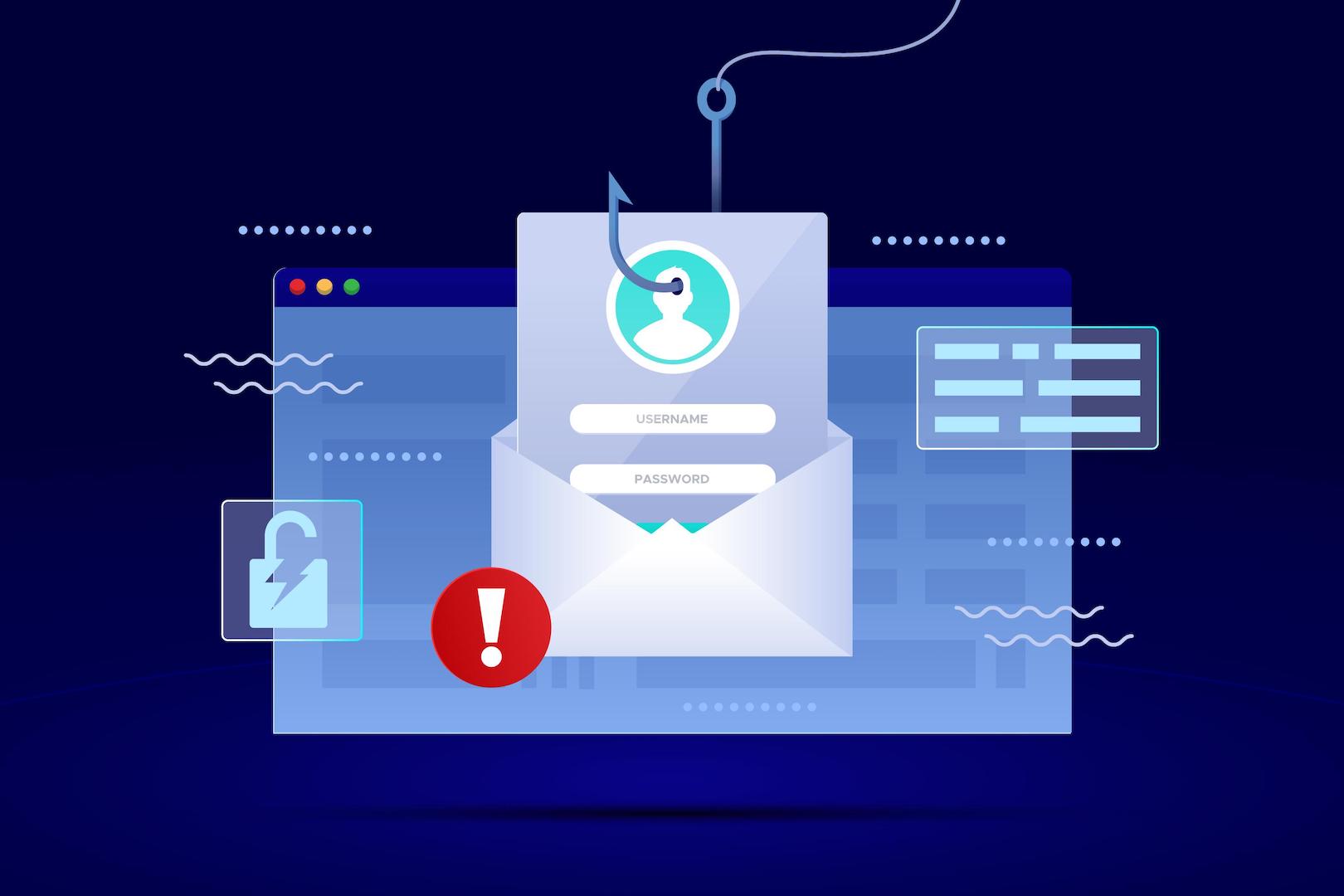Great images do more than just decorate a webpage—they capture attention, tell a story, and create an emotional connection with your audience. Whether you’re showcasing a product, writing a blog, or designing a portfolio, the way you edit your images can make or break their impact.
But even with the best intentions, it’s easy to make mistakes that reduce the quality of your visuals. If you want your website to stand out, avoid these five common photo editing mistakes and make sure your images are working for you, not against you.
1. Too Much Cropping:
Cropping is a powerful tool in photo editing, helping to remove distractions and keep the focus on what truly matters. But overdoing it can have the opposite effect—making an image feel cramped or stripping away essential context.
Before you crop, take a step back and consider the full composition. Are you cutting out details that add depth or meaning to the shot? A well-balanced image follows the rule of thirds, ensuring the subject and negative space work together harmoniously. Thoughtful cropping enhances your visuals without sacrificing the story they tell.
2. Off-Brand Edits:
Filters can be a great tool for establishing a consistent visual identity for your brand, but relying on them too much can do more harm than good. Not all preset filters work well across different lighting conditions and color tones, which can result in edits that feel inconsistent or off-brand.
Instead of applying filters blindly, focus on understanding your brand’s aesthetic. Choose a cohesive set of adjustments that enhance your images without overpowering them. And if an edit doesn’t align with your brand’s style, don’t hesitate to start over—brand consistency is more important than a quick fix.
3. Improper Contrast:
Contrast controls the balance between light and dark in an image, shaping its depth and clarity. But pushing contrast too far in either direction can backfire—overdoing it creates harsh, unnatural visuals, while too little makes images look flat and lifeless.
When editing photos for your website, remember that color plays a key role in branding. Adjust contrast carefully to enhance visibility without distorting your brand’s color palette. A well-balanced image maintains detail, depth, and a natural look—helping your visuals stand out without losing their authenticity.
4. Not Considering Image Size:
Editing photo sizes is crucial for the performance and appearance of your website.
Large images can slow down your website, leading to longer load times and frustrated visitors. On the other hand, shrinking images without proper optimization can result in poor quality and blurry visuals. Striking the right balance is key—your images should be optimized for fast loading without compromising clarity.
Instead of uploading oversized files, use compression and resizing tools to reduce file size while maintaining sharpness. Online tools and plugins can help you optimize images effortlessly, ensuring they enhance your content rather than slowing it down. A well-optimized image keeps your site fast, engaging, and visually impactful.
5. Over Editing:
When it comes to photo editing, less is often more. Over-editing can distort colors, wash out details, and make images look unnatural—ultimately distracting from their purpose. The goal should be to enhance, not overpower.
If you find yourself tweaking too much, take a step back and compare your edit to the original. Are the colors still realistic? Have you lost important details? Subtle, natural-looking edits will always have more impact than an image that looks overly processed.
Avoid Common Errors With Photo Editing:
Keep these common photo editing mistakes in mind the next time you’re refining images for your website. Thoughtful editing not only enhances visual appeal but also captures attention, reinforces your brand, and elevates your content. Striking the right balance ensures your images work with your website-not against it.
Looking for website optimisation, branding or business optimisation? browse our adaptive digital service. Check out more WebMaster articles here.











